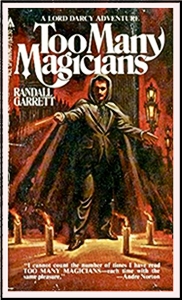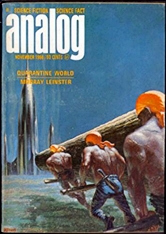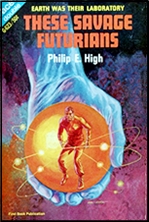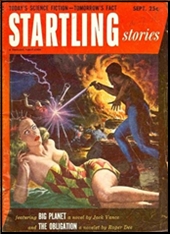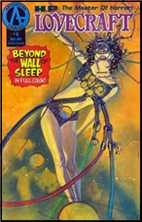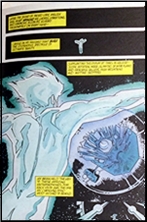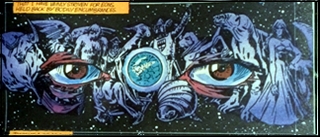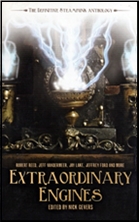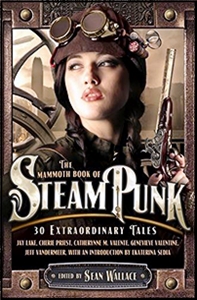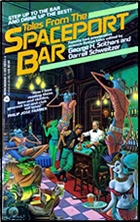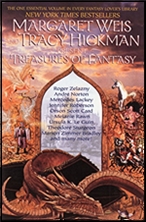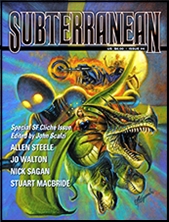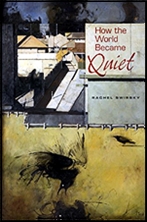Sun 22 Nov 2020
Diary Review: RANDALL GARRETT – Too Many Magicians.
Posted by Steve under Diary Reviews , Science Fiction & Fantasy[5] Comments
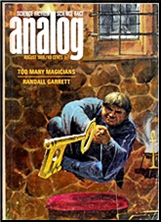
RANDALL GARRETT – Too Many Magicians. Lord Darcy #4 (first novel appearance), Serialized in Analog SF, August-November, 1966. Doubleday, hardcover, 1967. Curtis, paperback, 1969; Ace, paperback, 1979. Collected in Lord Darcy (Baen, softcover, 2002). Hugo finalist, 1967, Best Novel.
A mystery novel which takes place in the alternative-history world where magic has developed rather than science, Two locked-room murders are committed in connection with secret plans for a new magical weapon, thus involving national security.
One of the murders takes place at a Magicians’ Convention, making the number of possible suspects very large indeed. However, detection is made even more difficult by the fact that magic was not used; still, psychic talent was necessary to the extent that the murder would have been impossible in our world.
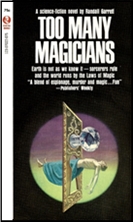
The story is well done and consistent within, but does not always keep the reader’s attention well-fixed, since there is the continual uneasy feeling that the author may come up with an explanation for everything from nowhere. Garrett does play fair with the reader, though, and it is possible to at least guess who the killer may be.
One of the characters, the Marquis of London, bears more than a striking resemblance to Nero Wolfe, and the connection is made obvious when one realized that name of his Chief Investigator is Lord Bontriomphe. Also (p.116, November issue) there is a version of the most famous Holmesian piece if dialogue between Darcy and his assistant, forensic sorcerer Sean O’Lochlainn.
More such references may be present; these are the most obvious.
Rating: 3 stars.
